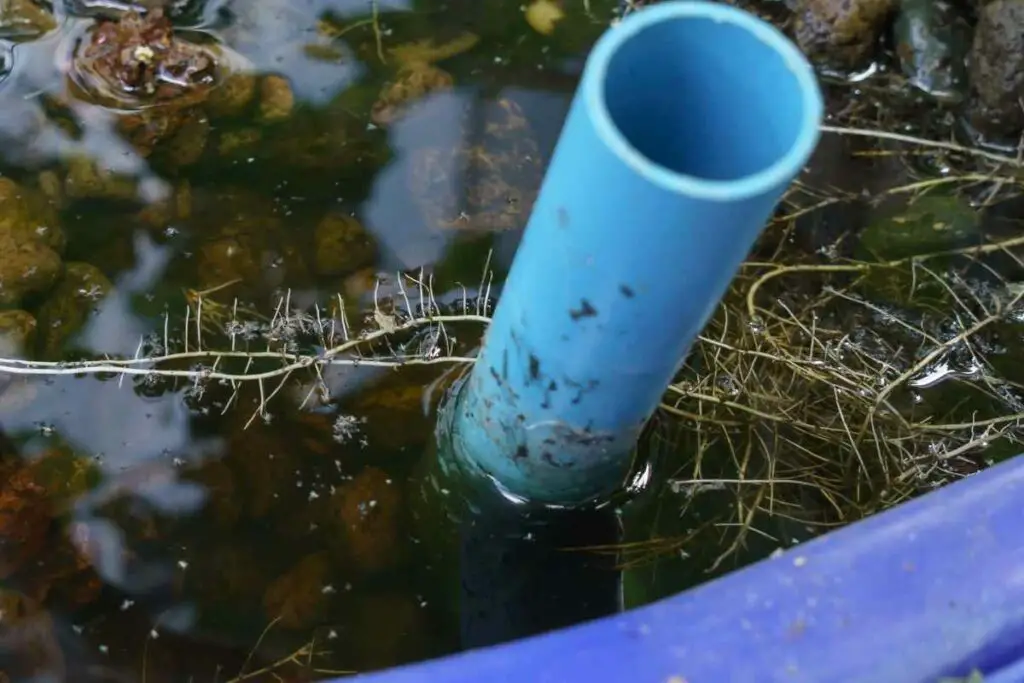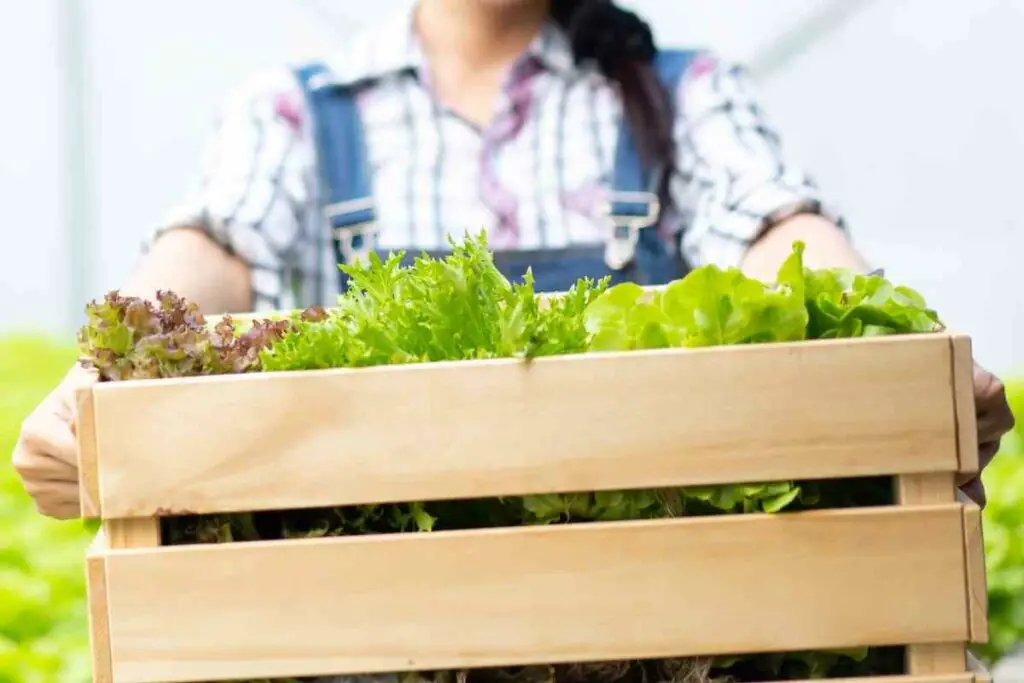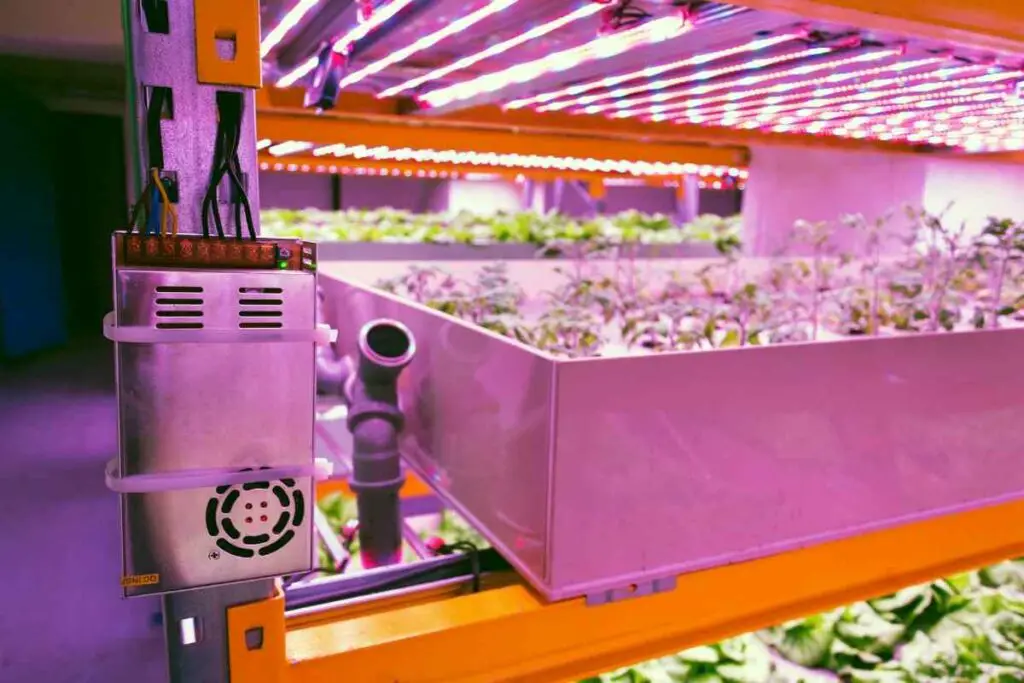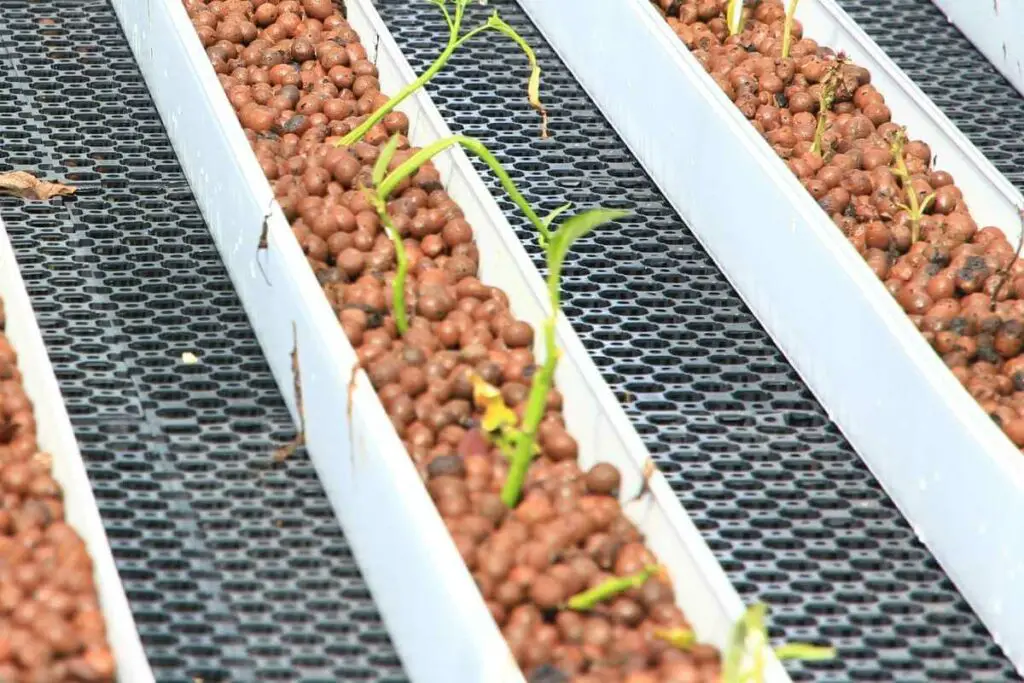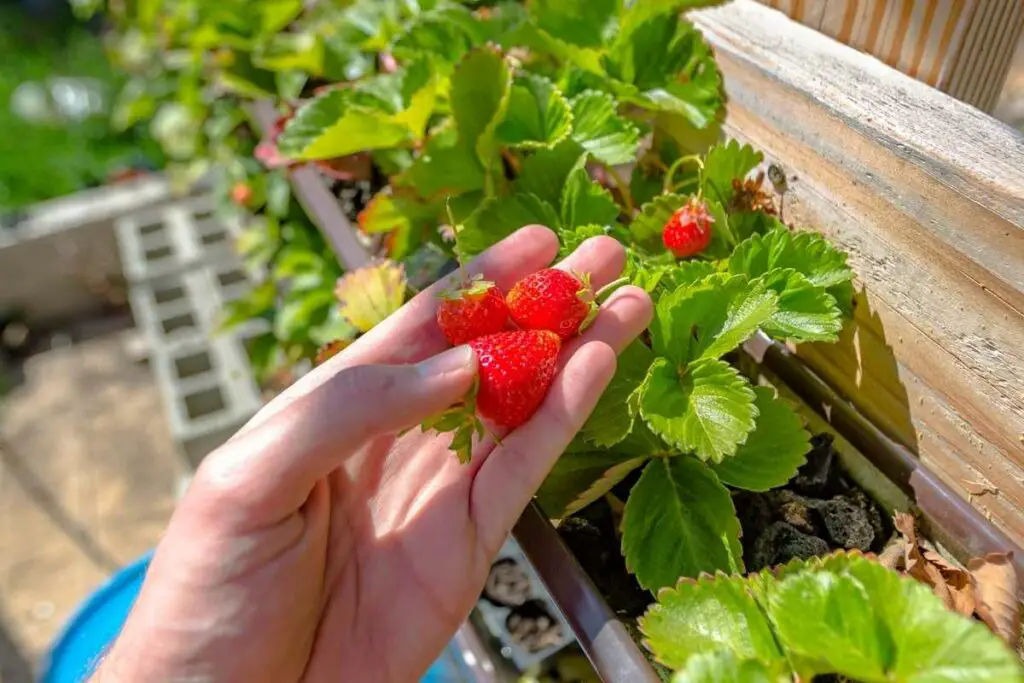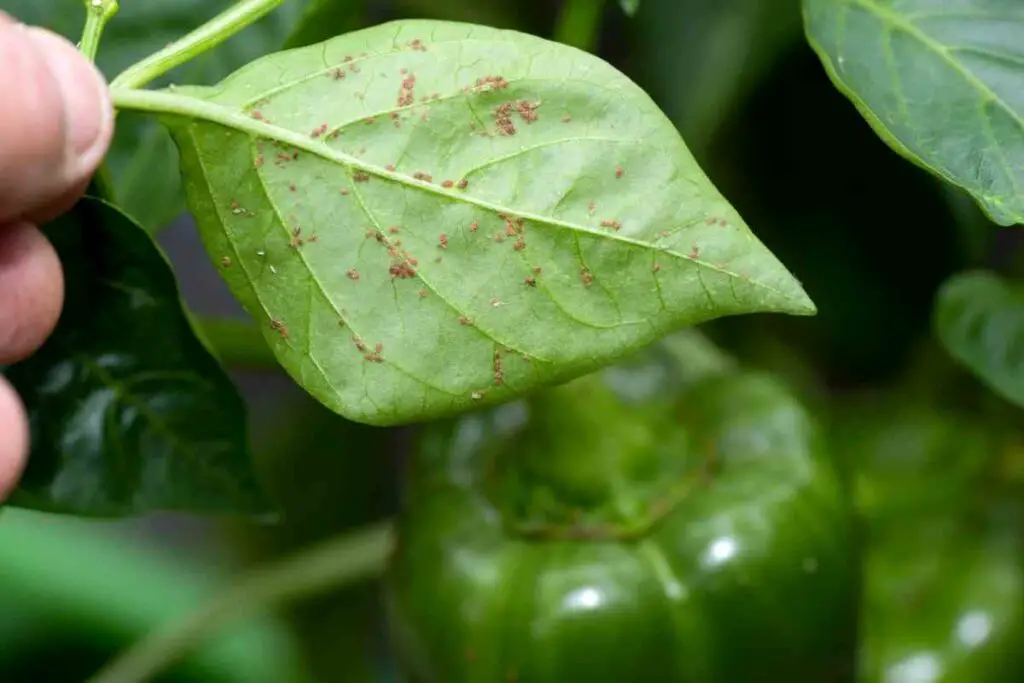If you are growing plants via an aquaponics system, you might be wondering how you can add potassium to the system and ensure that it is available to the plants without messing up the other balances.
We are going to explore this question today, and talk you through the relevant steps to ensure you are successful.
Potassium is a crucial part of plant growth, so a deficiency needs swift correction. You can add potassium to your aquaponics via a foliar spray on the leaves, or by including supplements in the water running through the system. Both are viable methods, so let’s look at how this works.
Why Do I Need to Add Potassium?
There are three primary nutrients that plants need in order to grow:
- phosphorus
- nitrogen
- potassium
Without sufficient potassium, any plants in your aquaponics system will struggle to survive, and will often stay weak or die, depending on how severe the deficiency is.
That means that you need to be able to manage the potassium in your aquaponics system effectively, and sometimes, you will need to add more.
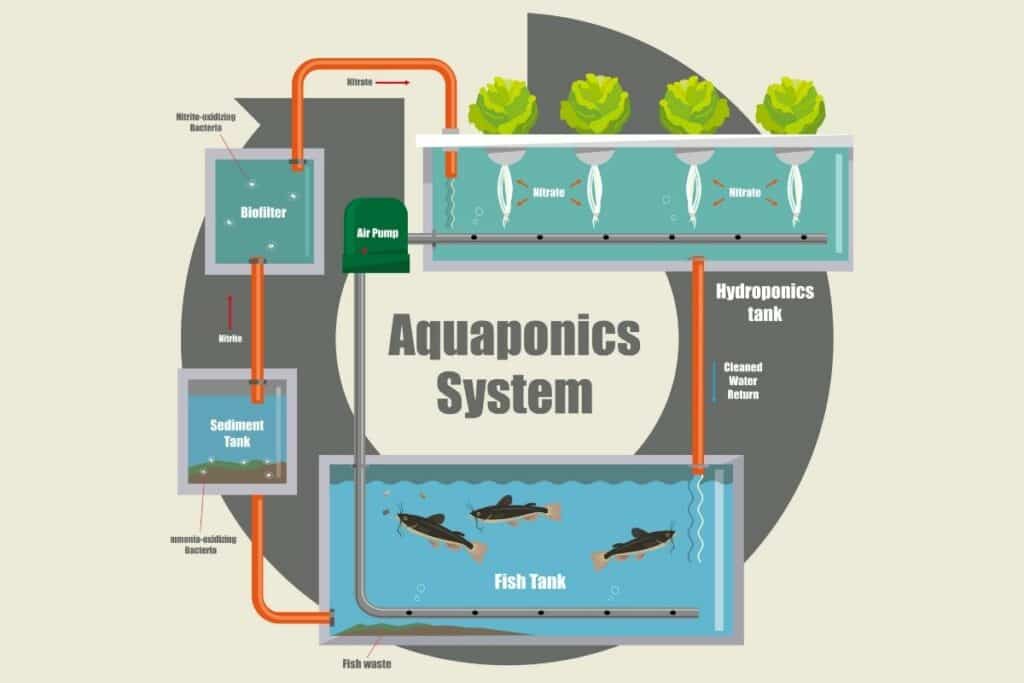
Unfortunately, potassium deficiencies are very common in aquaponics, as many potassium supplements are designed for fish, not plants.
They rarely contain enough to correct the balance and increase the potassium levels to the right degree, and this can lead to problems with your plants.
The Importance of Potassium in Aquaponics
Potassium is particularly crucial for young plants, and about eighty percent of their potassium needs are in their early growth stages.
Without potassium, plants cannot open and close their stomata, and cannot photosynthesize.
Potassium also helps plants grow stronger roots, gather protein, and resist diseases and nematodes.
In later life, it helps them to develop phloem and xylem. These are tissues that respectively move sugar from the leaves and distribute nutrients and water into the leaves.
Without potassium, the plant won’t be able to get other nutrients to the places they are needed.
Fruiting and flowering plants (those you are most likely to be growing in aquaponics) suffer particularly badly from potassium deficiencies, so don’t ignore this problem if it arises, or you may not get a good harvest from your aquaponics system.
How Do I Know If Potassium Is Needed?
A plant that does not have enough potassium will usually show it via curling leaves, yellowing leaves, spots of yellow on the leaves, or brown leaf edges.

It will also start to lose its older leaves, and younger leaves will begin to look wilted and sick.
The plant’s root growth will be weak and stunted.
You need to act quickly to save a plant that is suffering from a potassium deficiency, as every day will be setting the plant back further, and reducing its ability to recover when the deficiency is corrected.
So, let’s find out how to add potassium to aquaponics.
Method One: Foliar Spray
If you do not want to directly add potassium to your aquaponics system, this method may be the easiest.
It involves creating a foliar spray using potassium chloride. This can then be sprayed on the plants, and it will coat their leaves.
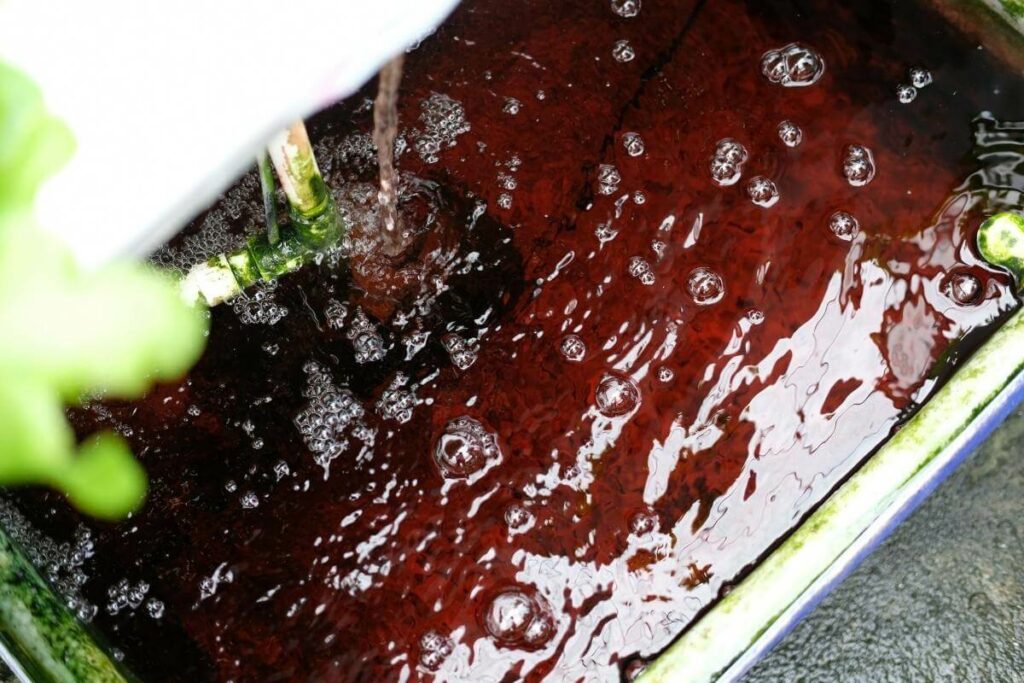
This bypasses some of the problems that you can have when you try and add the nutrient to the aquaponics system directly (which we will cover next) and can prove more effective, depending on your setup.
However, it tends to be more labor intensive because you have to keep spraying the leaves of all your plants, rather than being able to just add a supplement to the system as a whole, and let the aquaponics do the work of carrying it to each plant.
You can buy a foliar spray if you wish to go down this route; it is readily available online.
Simply purchase some, fill a spray bottle according to the directions on the packaging, and mist the plants as directed.
From Experience: Different sprays may need to be applied at different frequencies and concentrations, so defer to the manufacturer’s instructions before using a foliar spray on your aquaponics plants.
Method Two: Supplement In The Water
Usually, in aquaponics, you add nutrients to the water so that the plants can take them up via their roots.
After all, this is what they do in natural conditions, and it is often the simplest method.
We’ll discuss how to do it, and then look at the problems that you might encounter.

To add potassium to aquaponics, you will need to buy a supplement suitable for use in the system. This might be potassium sulfate, potassium hydroxide, or kelp meal concentrate.
These will all help to boost the amount of potassium in the water.
As mentioned, potassium is often a fish supplement, and therefore the quantities may be quite low.
Always Good Idea: Once you have added some potassium supplement, make sure that you check the nutrient level of the water and see if you have managed to correct the deficiency.
Issues With Potassium Supplementing
As mentioned, there are a few problems that you might encounter when adding potassium to aquaponics.
Other nutrients, most notably calcium, nitrogen, and magnesium, can make potassium unavailable to your plants, even if it is present in the system.
You will need to make sure that you balance out these nutrients so they are not complicating the process of potassium absorption, or stopping your plants from accessing it.

You should also check the pH levels, as acidic conditions could further hinder your plant’s ability to absorb the potassium.
If the pH is not balanced, your plant may struggle to take up any nutrients at all, so take the time to test the water quality and make a note of any imbalances, whether they relate to the pH or the other nutrients present.
If you are really struggling with this, get a potassium foliar spray in the interim so that you can give your plants some potassium while you address the other problems.
Conclusion
Adding potassium to aquaponics can be a bit of a tricky process, especially if there are other imbalances that you need to correct.
However, it is important to take the time to do this or your plants simply will not grow properly, and you will not get a good crop from them.
Consider a foliar spray if you are having issues with the nutrients, but overall, you need to get your aquaponics water balanced and healthy once more.

